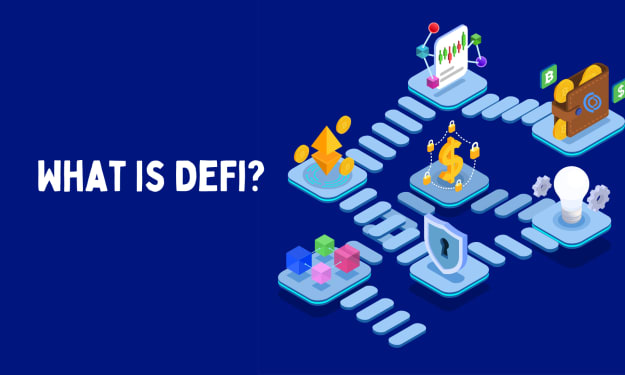What Is Blockchain Technology And How Does It Work?
Blog

Blockchain is technology; or rather, it is a technology for building decentralized digital ledgers, which allow for the sharing of information among many parties in a safe and unchangeable way. This technology can be defined as a shared ledger, which allows thousands of computers or connected servers to keep a single, secured, immutable ledger. A blockchain is basically a digital ledger of transactions, which is copied and distributed over a large network of blockchain-connected computer systems. A blockchain is more simply defined as a distributed, decentralized ledger technology that records the provenance of digital assets.
This technology is a distributed peer-to-peer ledger technology that makes the record of any digital asset transparent and immutable and works without involving any third-party intermediary. Sometimes called distributed ledger technology (DLT), blockchain makes the history of any digital asset unalterable and transparent by using decentralization and cryptographic hashing. The technology behind Bitcoin and other virtual currencies, Blockchain is an open, distributed ledger capable of recording transactions between two parties effectively, in a verifiable, and permanent manner.
A blockchain is a series of immutable, time-stamped records of data, maintained by a cluster of computers that are not owned by any individual entity. These blockchain ledgers keep track and hold data in blocks, which are ordered in chronological order and linked through cryptographic proofs. Data recorded in the blockchain is stored on blocks, with blocks linked together in cryptographic order.
Each block can only store so much information, so new blocks are added constantly to the ledger, creating a chain. Each block in the chain contains a set number of transactions, and whenever a new transaction occurs in a blockchain, the record of this transaction is added to every participant’s ledger.
Each party is able to validate every transaction with their own copy of the blockchain, making forging records virtually impossible. Every node has its own copy of the chain, and the network has to approve each newly mined block by the algorithm to keep the chain up-to-date, trusted, and verified. Every actor who has access to a blockchain becomes a node in the chain, with all transactions recorded and stored in the blockchain ledger.
At their most basic level, blockchains enable users to record transactions in shared ledgers within this group. While all terms in blockchain fall under the umbrella of distributed ledger technology, each is its own distinct entity. There are many platforms that let you track crypto wallet transactions like Block Sonar.
While digital currency and Ethereum are examples of public blockchains, the majority of those industries demand a particular feature from their distributed ledger architecture. Other industries, including health care, government, and tech, are additional industries using blockchains to allow for the safe sharing of data, such as personal health information, digital assets like downloaded entertainment, and property titles. In addition to cryptocurrency, blockchain technology could be used to create a permanent, public, and transparent system of records to capture sales data, monitor digital usage, and pay content creators like musicians.
A blockchain is a form of database that stores data in a systemized format that is easier to access by users. Blockchain is perfect to deliver this information, as blockchain provides instant, shared, completely transparent information stored in an immutable ledger, accessible by permission members of the network only. The term Blockchain technology is a framework in which public transaction records, also known as blocks, are stored on multiple databases known as a machine within a network connected by peer-to-peer nodes.
Fortunately, because blockchain technology uses a shared ledger, distributed ledger, or any other decentralized network, parties can get answers to those questions about exchange relationships in no time. If anyone shows up with a wrong ledger - or even just a single block with erroneous transactions - each other member can easily detect a hash mismatch and deny his/her own copy of the Blockchain.
Block Sonar is the simplest way to get information about cryptocurrency wallets & transactions. We provide a visual interface to search wallet activity & a flexible notification system that brings you the information you need, in real time.
Blockchains being transparent is meaningless if users can’t intuitively find & make use of the information stored on them. Our vision is to bring simplicity to blockchain, and make the data available & clear to all regardless of where you are on your crypto journey.
Even if you're well-versed with the market, it is hard to keep track of every coin & NFT’s price and make sure you don't miss out on any opportunity to buy or sell. For most people, it is not your full time job. Our advanced notifications bring the information to you, allowing you to rest easy while we actively watch the blockchain for you.
About the Creator
Shaun David
Blockchain and Crypto Expert






Comments
There are no comments for this story
Be the first to respond and start the conversation.